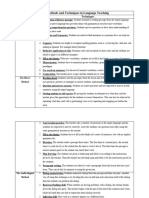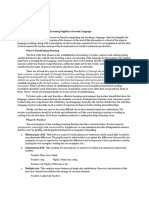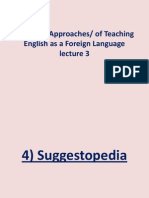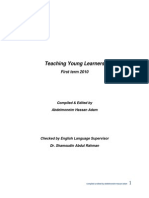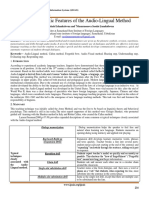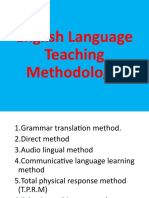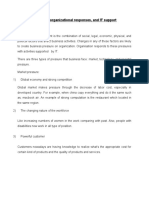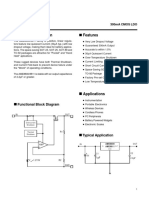0% found this document useful (0 votes)
46 views11 pagesMethods Teaching
The document discusses several popular methodologies for teaching English: grammar-translation, direct method, audiolingualism, presentation-practice-production (PPP), and alternatives to PPP such as the 'deep end strategy' and ESA model. Pros and cons of each methodology are provided. The document aims to analyze different approaches to teaching English.
Uploaded by
bustamantesofia401Copyright
© © All Rights Reserved
We take content rights seriously. If you suspect this is your content, claim it here.
Available Formats
Download as DOCX, PDF, TXT or read online on Scribd
0% found this document useful (0 votes)
46 views11 pagesMethods Teaching
The document discusses several popular methodologies for teaching English: grammar-translation, direct method, audiolingualism, presentation-practice-production (PPP), and alternatives to PPP such as the 'deep end strategy' and ESA model. Pros and cons of each methodology are provided. The document aims to analyze different approaches to teaching English.
Uploaded by
bustamantesofia401Copyright
© © All Rights Reserved
We take content rights seriously. If you suspect this is your content, claim it here.
Available Formats
Download as DOCX, PDF, TXT or read online on Scribd
/ 11









